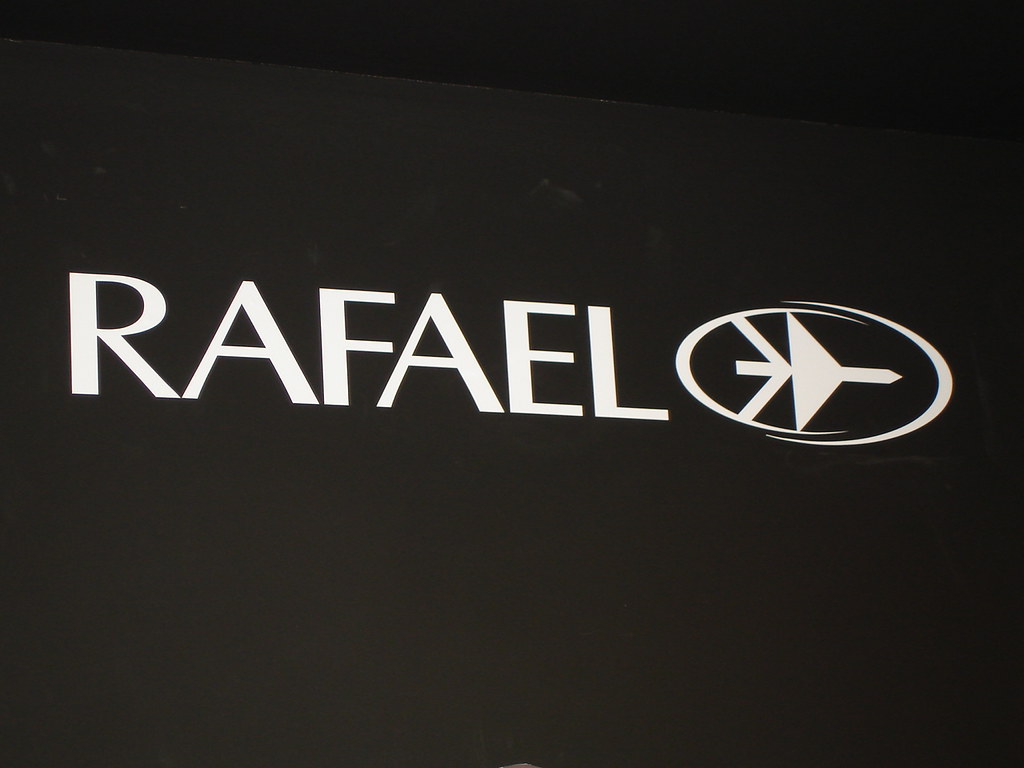
The American F-35 Lightning II stealth fighter and the French Rafale, both prominent figures in the Western world’s fighter aircraft arsenal, find themselves entangled in intricate supply chain predicaments. These complexities are impeding their ability to promptly fulfill both domestic and international procurement obligations.
Despite the F-35’s colossal production scale, surpassing that of all other Western fighter classes, the program is anticipated to fall considerably short of its 2021 target by a margin exceeding 50 units. The current objective of 156 fighters for this year represents a marked reduction from initial production ambitions.
This insufficiency is reverberating throughout the U.S. Air Force, which had initially intended to receive 110 F-35As annually. However, the actuality is that the Air Force is improbable to achieve even its considerably downsized aim of 48 fighters within this year. The decrease in F-35 production is predominantly attributed to complications associated with software upgrades for the aircraft.
Simultaneously, the J-20, the sole other fifth-generation fighter undergoing mass production, is observing a surge in its supply rates to the Chinese People’s Liberation Army Air Force. Approximately 80-100 fighters are anticipated to be handed over this year, with forecasts pointing to around 120 deliveries in the forthcoming year of 2024. This presents a sharp contrast to the production predicaments affecting the F-35 and Rafale initiatives.
Despite the decline in 2023 deliveries, the F-35’s production, which serves a clientele exceeding 20 entities, remains insufficient to expedite the modernization of the United States’ and its security partners’ aerial fleets at the desired tempo. This reality was emphasized in July by Lockheed Martin’s Chief Financial Officer, Jay Malave, who stressed the critical necessity of substantial supply chain investment to achieve a significant surge in production beyond the current annual yield of 156 aircraft.
While the F-35 program has reaped the benefits of newfound foreign orders, infusing substantial additional funding and enabling it to outperform less competitive European fourth-generation aircraft in NATO-compatible military competitions, a range of factors constricting production may necessitate multiple years to rectify. A prominent impediment is the pronounced scarcity of skilled talent, notably in the United States, where a dearth of proficient workers capable of manufacturing fifth-generation fighters and intricate high-tech products is evident.
This dearth not only constricts production capacity but also yields broader ramifications on manufacturing, prompting a heightened dependence on outsourcing advanced production to regions such as East Asia. This situation underscores the formidable challenges faced by the industry in aligning with the escalating demand for advanced military apparatus and the pressing imperative to devise solutions that augment production capabilities.
Rafale Confronts Complexities
In recent times, the French Rafale has stood out among a limited selection of Western fighter aircraft to secure substantial orders. However, it finds itself ensnared in an increasingly intricate predicament. Escalating disruptions within its supply chain have emerged as a notable hindrance, introducing complications into its production cycle and impeding the fulfillment of orders. Dassault Aviation, the driving force behind the Rafale, voiced its apprehensions in mid-July, highlighting the adverse impact of these challenges on the ongoing development and production of the aircraft. This situation arises at a crucial juncture, demanding an acceleration of production to honor commitments.
Presently, Dassault Aviation shoulders a backlog of 160 orders for the Rafale fighter. Primarily earmarked for export, nearly half of these orders are destined for delivery to the United Arab Emirates, constituting a significant portion of the monumental $19 billion agreement reached in December 2021.
The trajectory of the Rafale has not always been characterized by such prominence. During its early years, the fighter consistently faced stiff competition from rivals like the Russian Su-30, American F-15, and F-16 in various tenders spanning regions from Algeria and Morocco to South Korea and Singapore. This situation further deteriorated with the advent of the F-35’s entry into export markets during the mid-2010s. This left European aircraft with limited room for maneuver against a technologically superior American counterpart, operating in a league of its own.
A Shift Towards Rafale
Nonetheless, the Rafale has experienced an uptick in orders since the mid-2010s, particularly from countries seeking Western armaments for political considerations but encountering barriers in acquiring the coveted F-35s. A significant portion of the Rafale’s clientele falls within this category.
A case in point is the United Arab Emirates, which faced denials for the F-35 amidst their refusal to sever ties with the Chinese telecommunications giant, Huawei, despite American pressure. Similarly, India, Egypt, and Qatar were never offered the opportunity to acquire the F-35. It’s important to acknowledge that the Rafale’s sales have been marred by recurring controversies related to corruption scandals.
Notwithstanding these setbacks, the Rafale boasts distinct advantages over the F-35. These encompass fewer performance and reliability issues, notably reduced operational and lifecycle costs, and, most notably, a higher degree of autonomy in aircraft usage by Western standards. The United States is renowned for its stringent oversight over the operation of its fighter jets, extending even to its fourth-generation aircraft.
However, the Rafale’s combat capabilities pale in comparison to its counterparts. The prospect of European states producing a fighter jet capable of competing with the likes of the F-35 and J-20 remains unlikely in the foreseeable future, if ever.
Global Supply Chain Challenges
The challenges encountered within the supply chains of the F-35 and Rafale are indicative of a broader and intricate predicament affecting high-tech manufacturing in the Western world across diverse industries. The impact of this predicament has been further magnified by the emergence of the COVID-19 crisis.
As global geopolitical tensions continue to rise, the urgency of this situation is heightened. Notably, countries that stand as Western adversaries, such as China, Russia, and North Korea, are making significant advancements in augmenting both the scale and complexity of their advanced weapons manufacturing endeavors. This progress extends to the realm of fighter aircraft production, especially evident in the cases of China and Russia.




